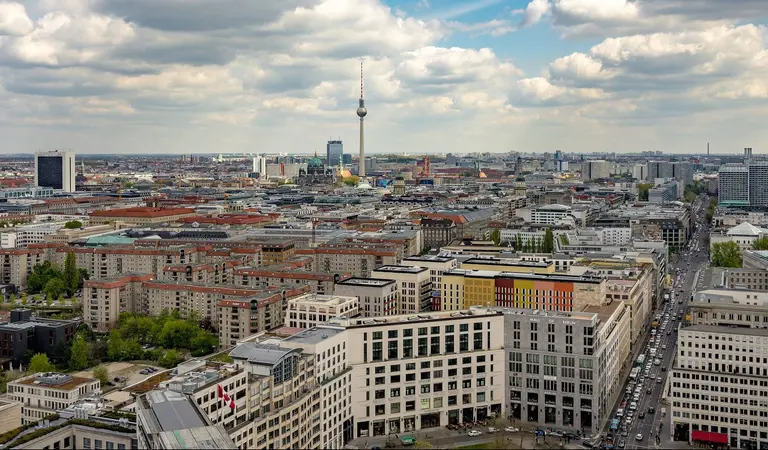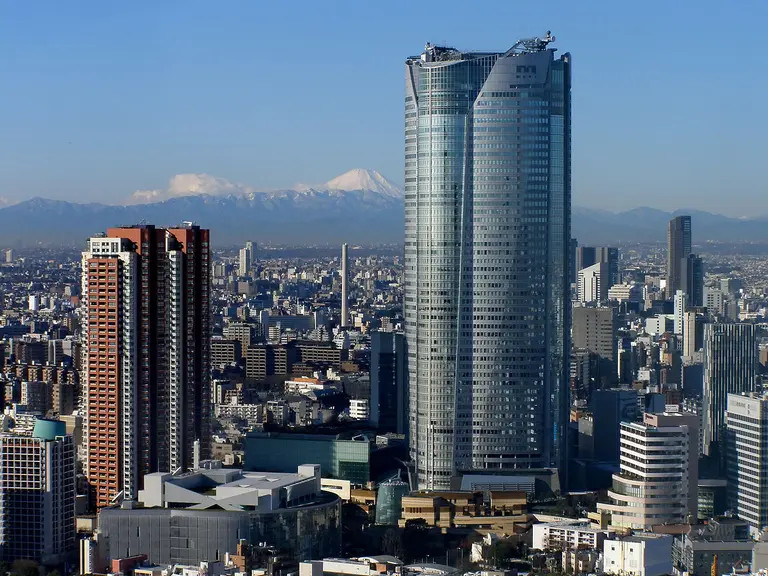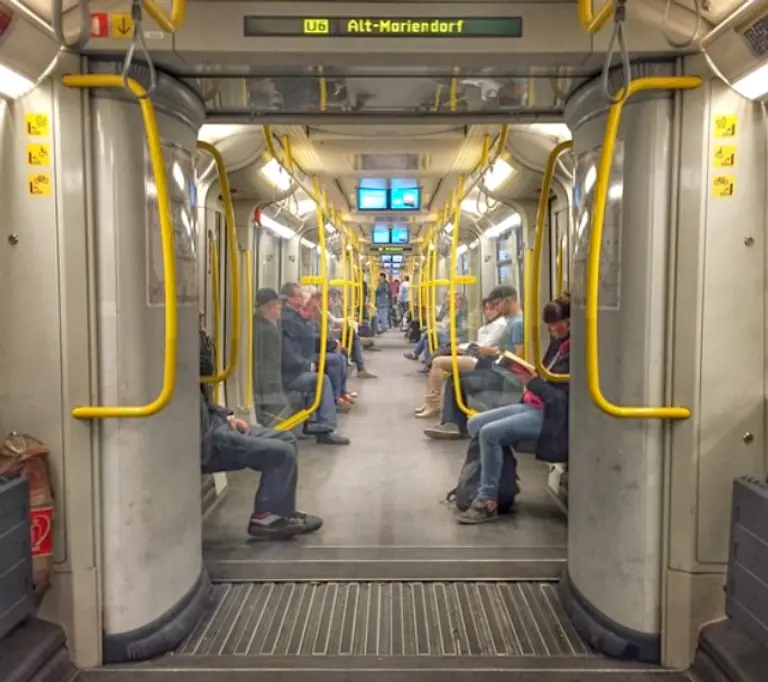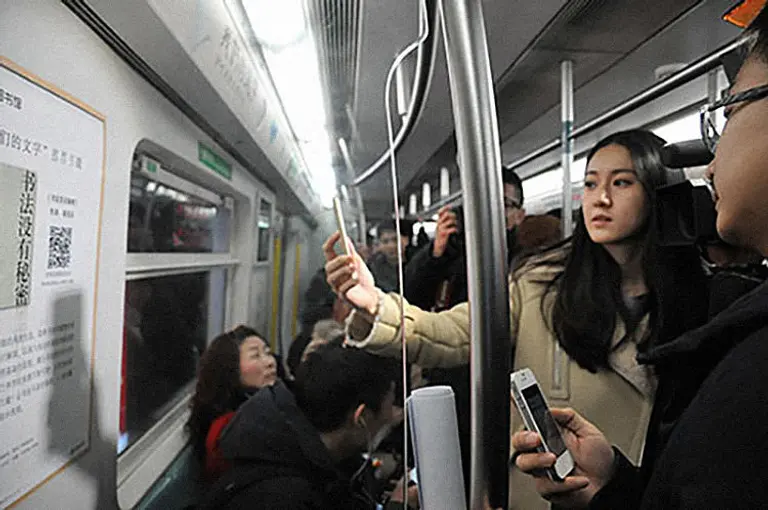
Photo via Pixabay
Berlin is imposing a five-year rent freeze—Could it work in New York City?
Could this work in NYC?

Photo via Pixabay

Photo via Wiki Commons

An open gangway subway in Berlin, photo via Second Avenue Sagas









M Subway Library scan. Image via Fast Co. Exist